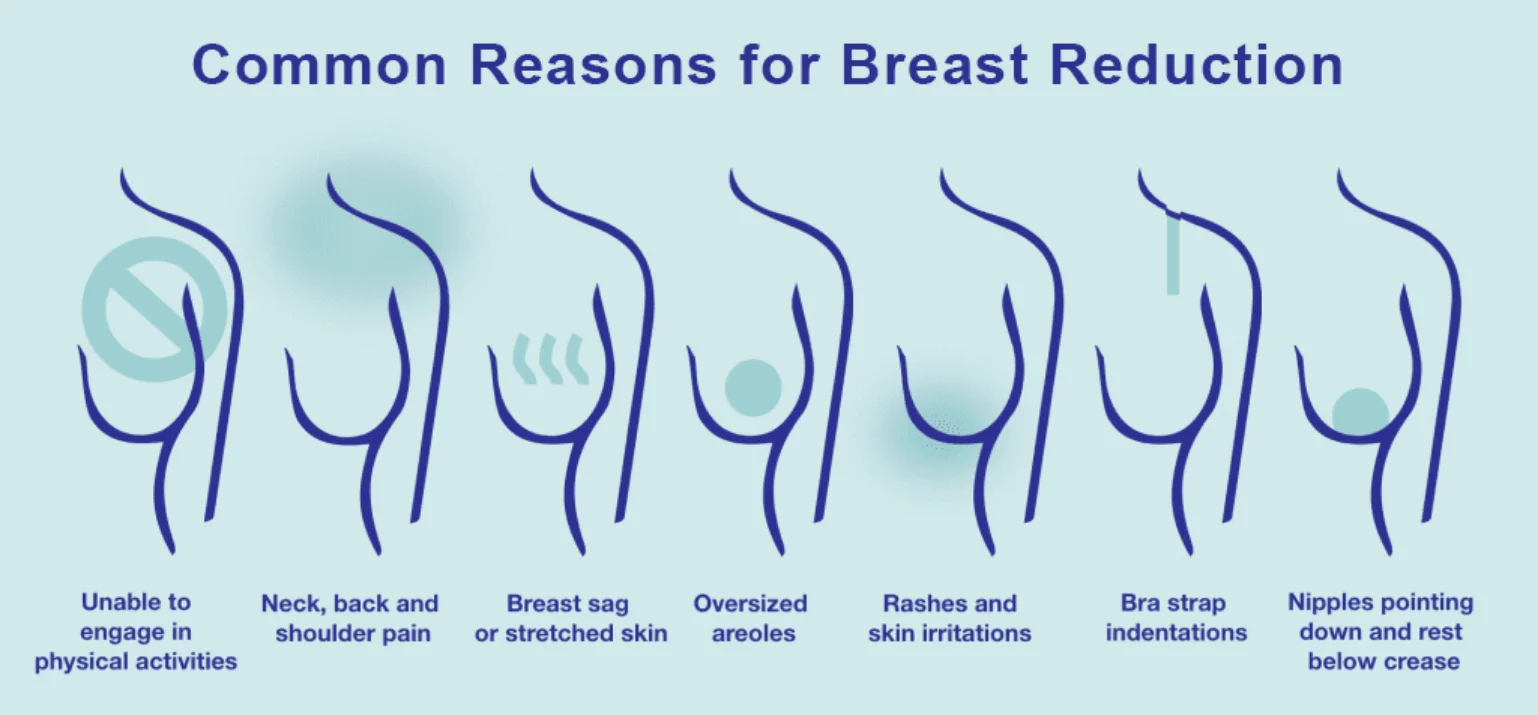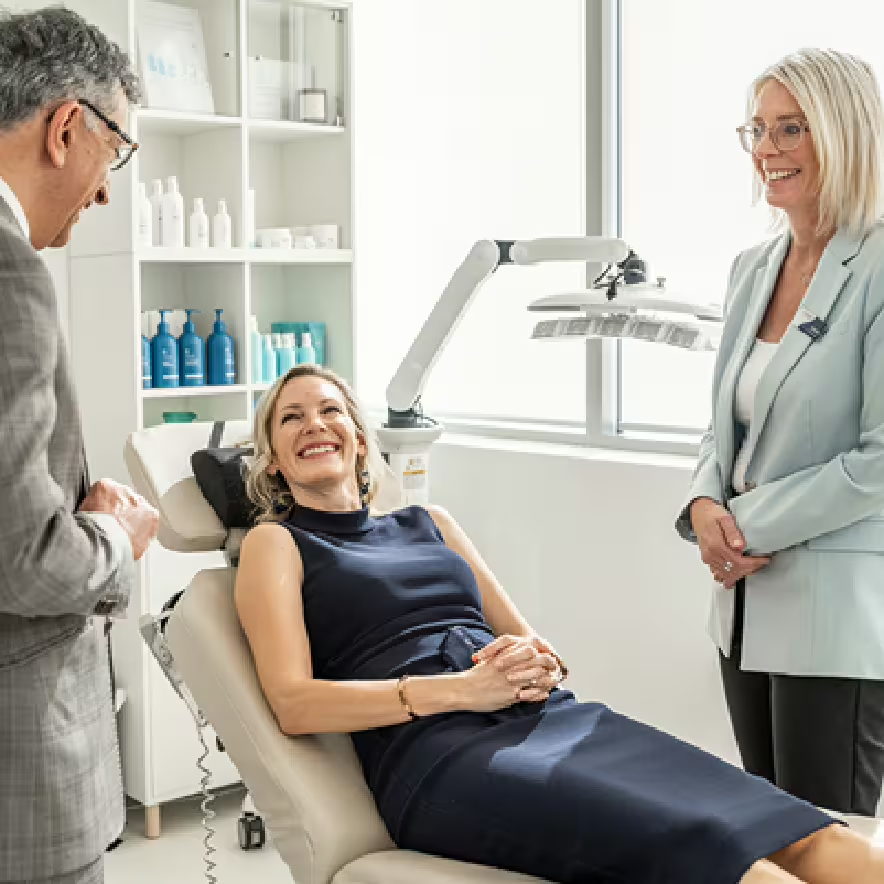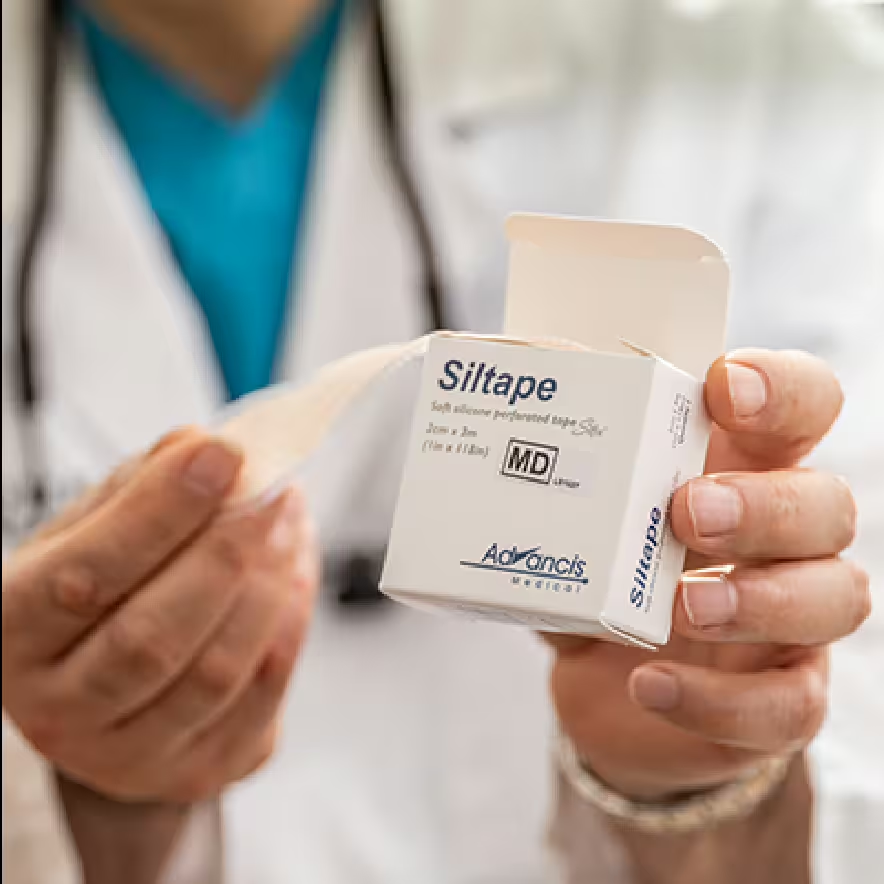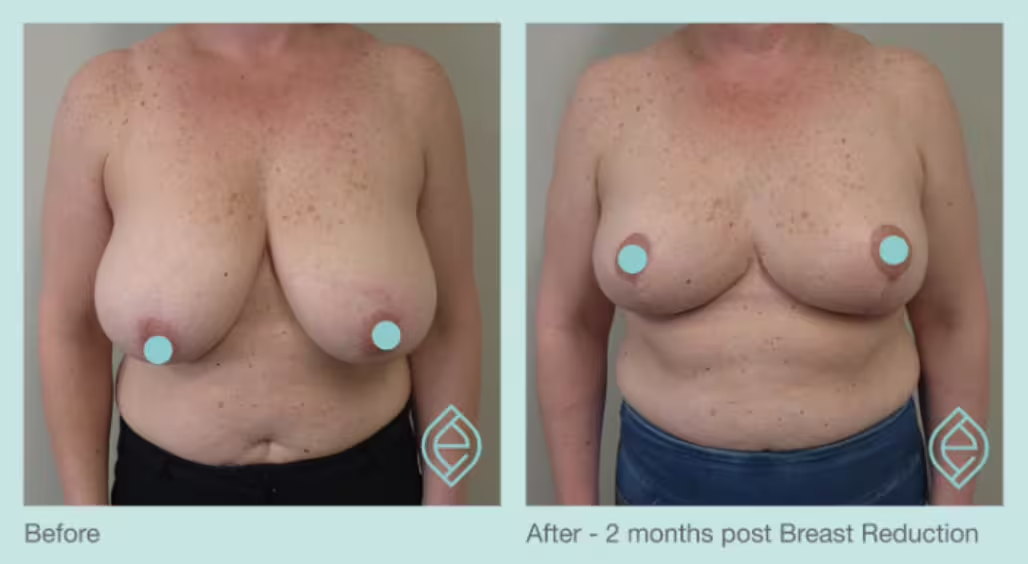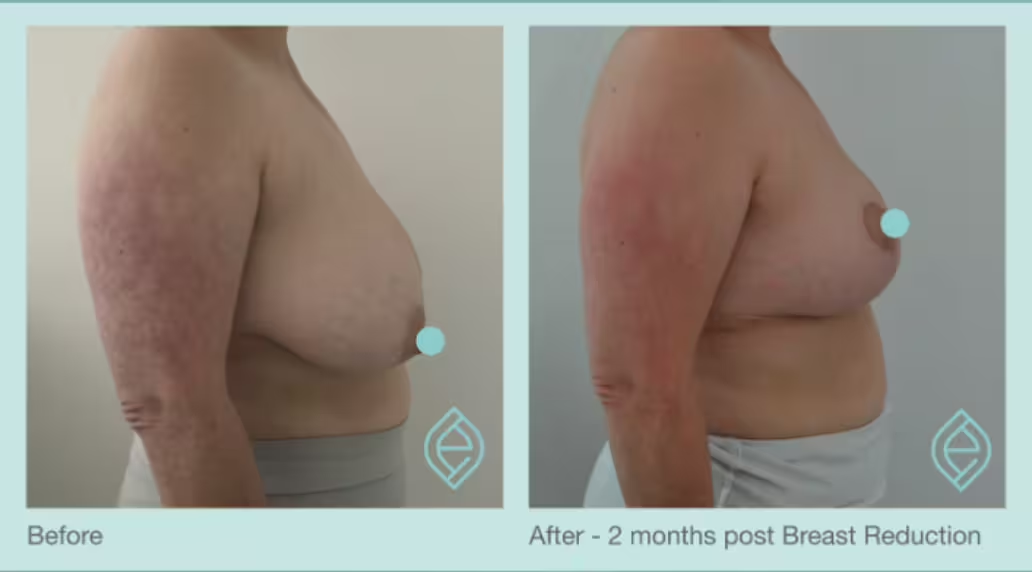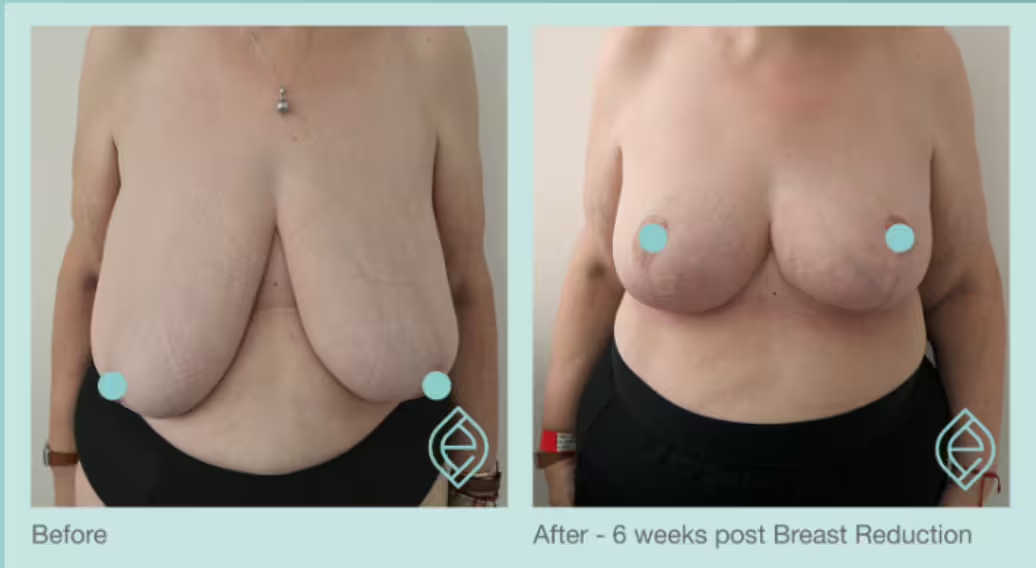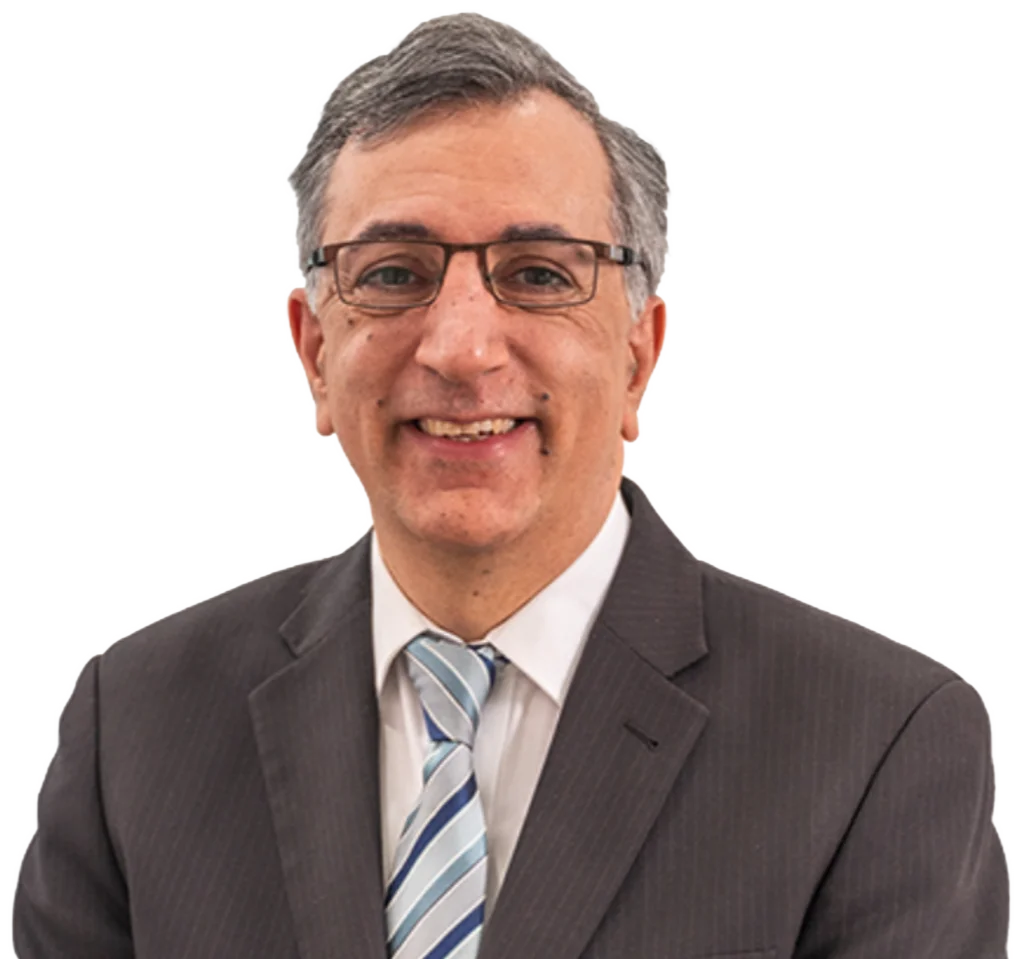Explore how we can help you
While all care and diligence is taken by Dr Safvat to minimise or avoid complications, any surgical procedure can be associated with some general complications and/or specific complications related to the surgery you are having. Choosing a Specialist Plastic Surgeon such as Dr Safvat and having your procedure done in an accredited hospital minimises risks, as does using an accredited Anaesthetist.
Some general surgical potential complications are:
• Infection that may require antibiotics (Dr Safvat prescribes all patients antibiotics after surgery to minimise this risk).
• Fluid build-up under the skin (seroma).
• Allergic reaction to dressings and other items used during the procedure.
• The formation of blood collection (haematoma) which could require additional surgery.
• Scars heal differently in different people. Some people are genetically prone to develop keloid scars. Hypertrophic scars develop when there is a complication in the healing process. Whilst not ideal, there is no threat to your health if you develop these.
Some potential complications related to Breast Reduction surgery specifically are:
• Asymmetry
• Loss of sensation in nipple and areola – this is usually temporary however in some rare cases it may be permanent.
• Loss of nipple and areola tissue – in rare cases the nipple and areola can lose its blood supply and die.
• Breast reduction may affect a women’s ability to breastfeed in the future.

